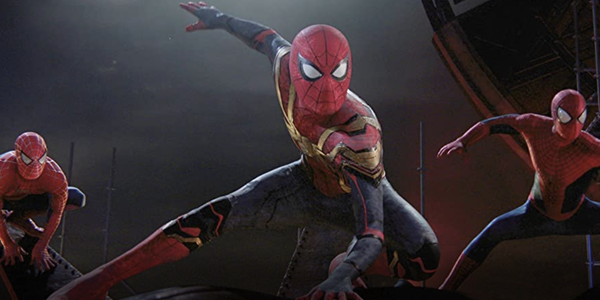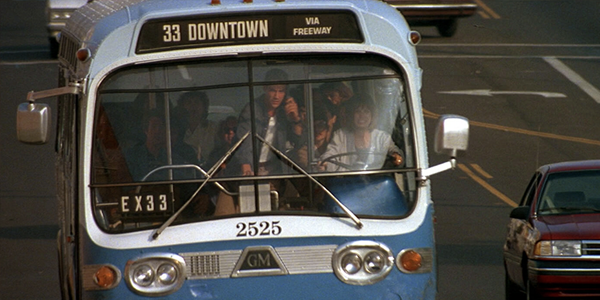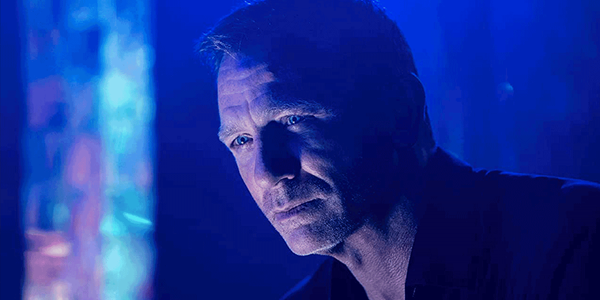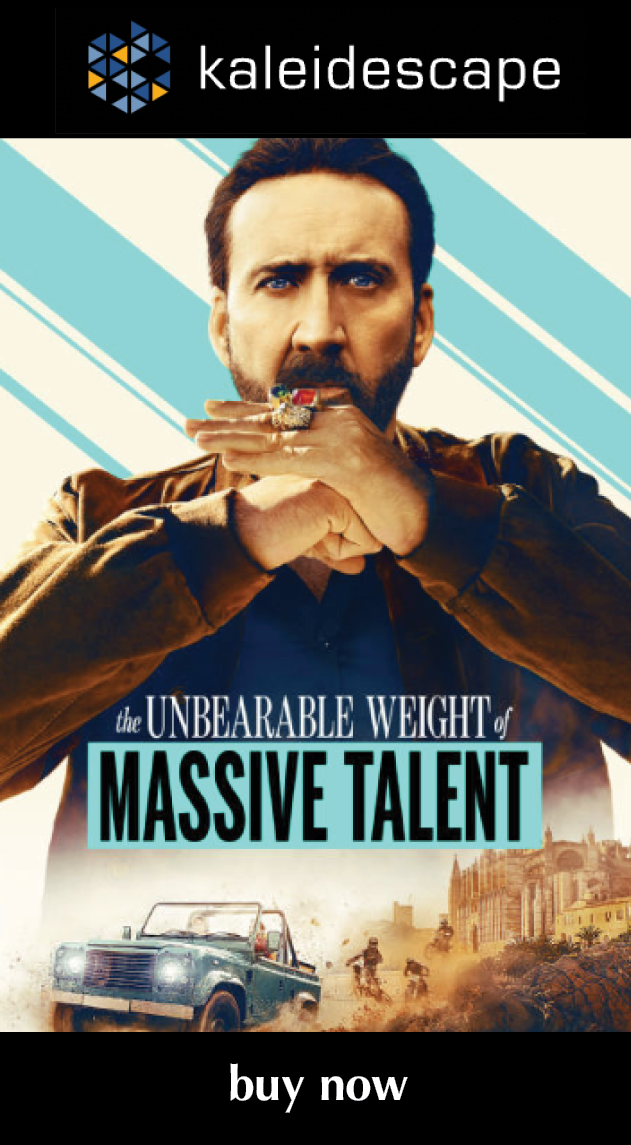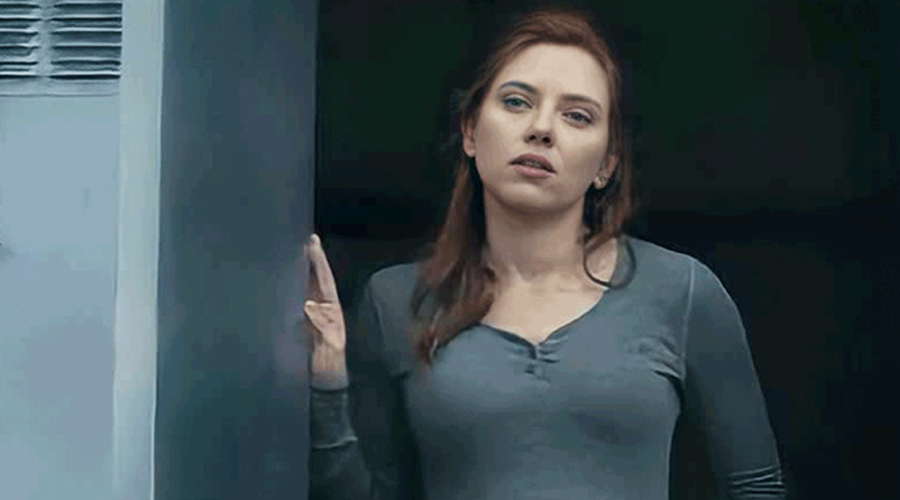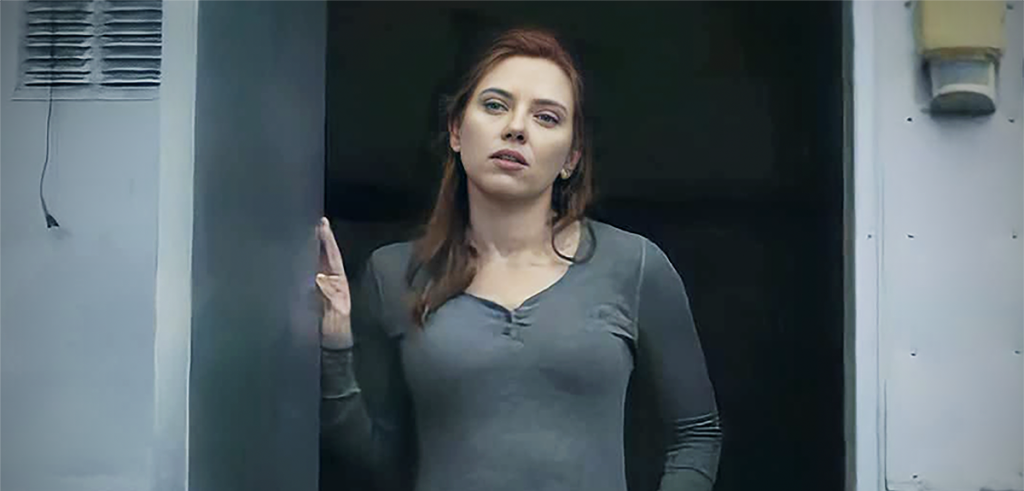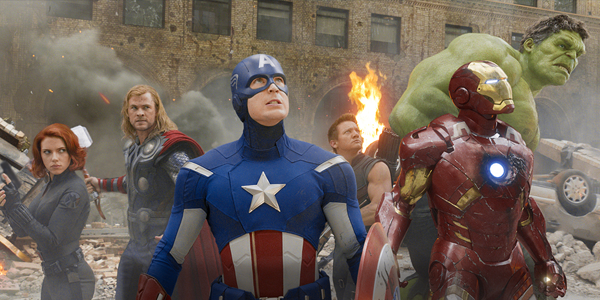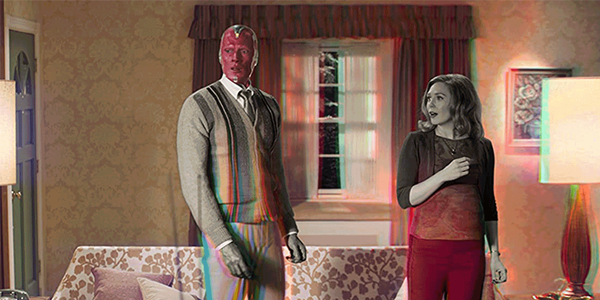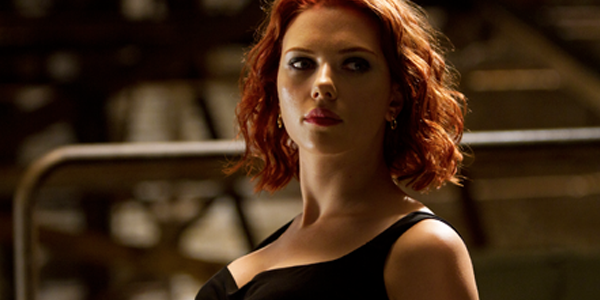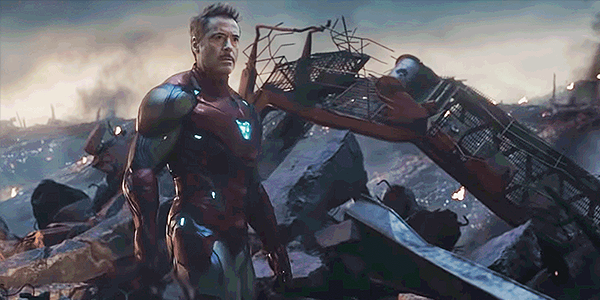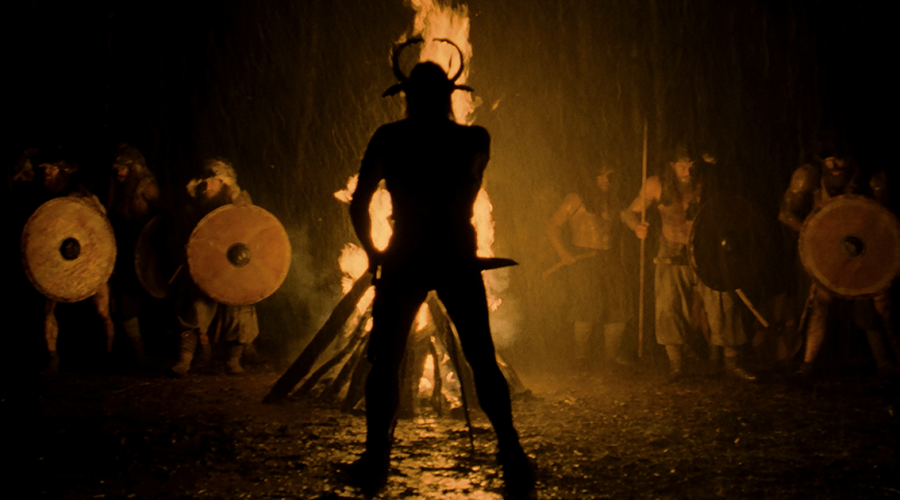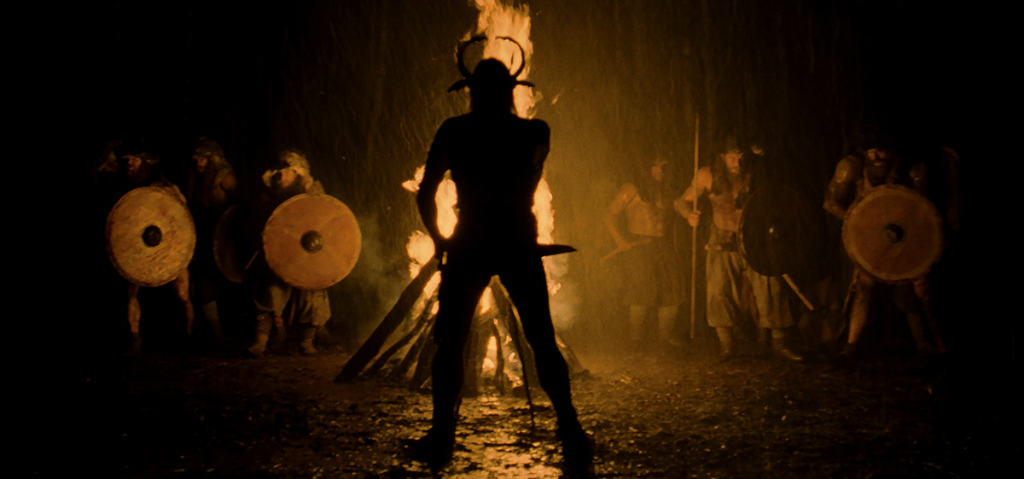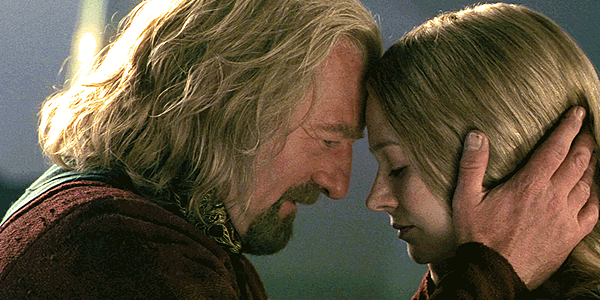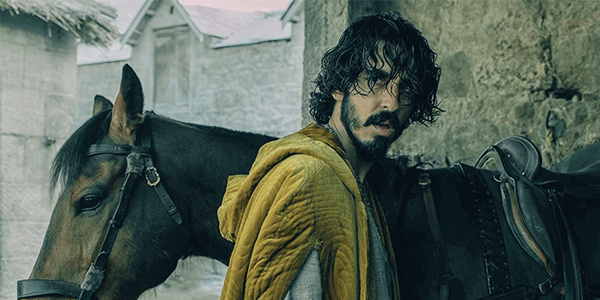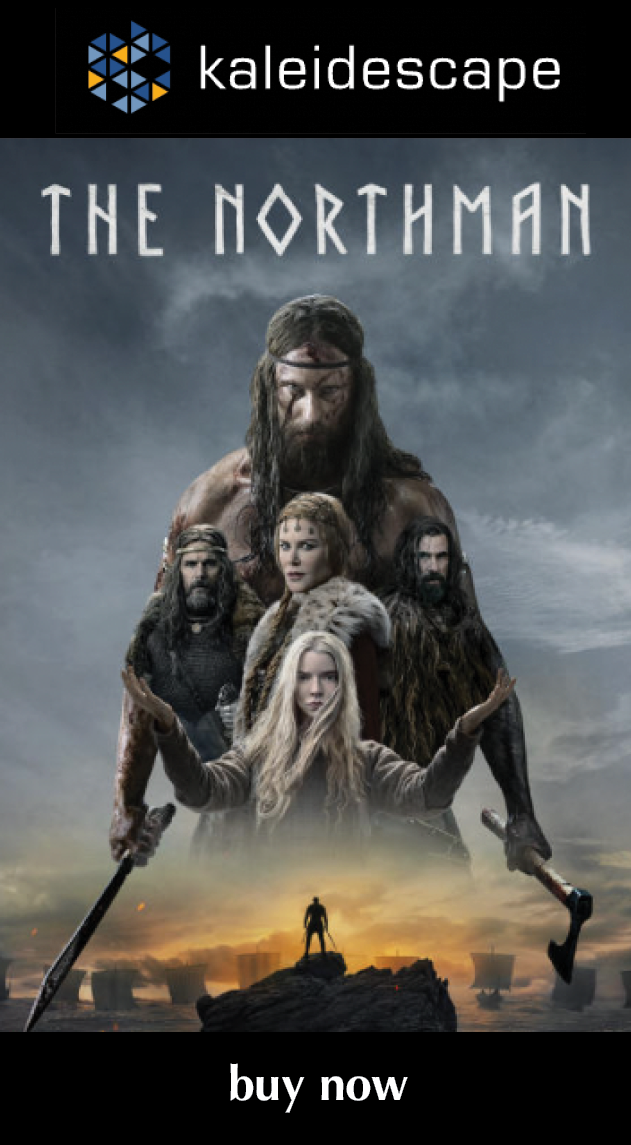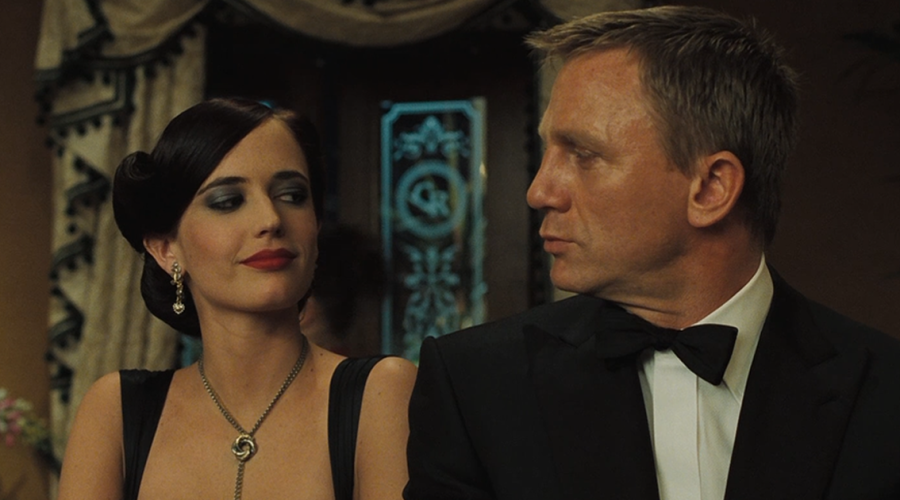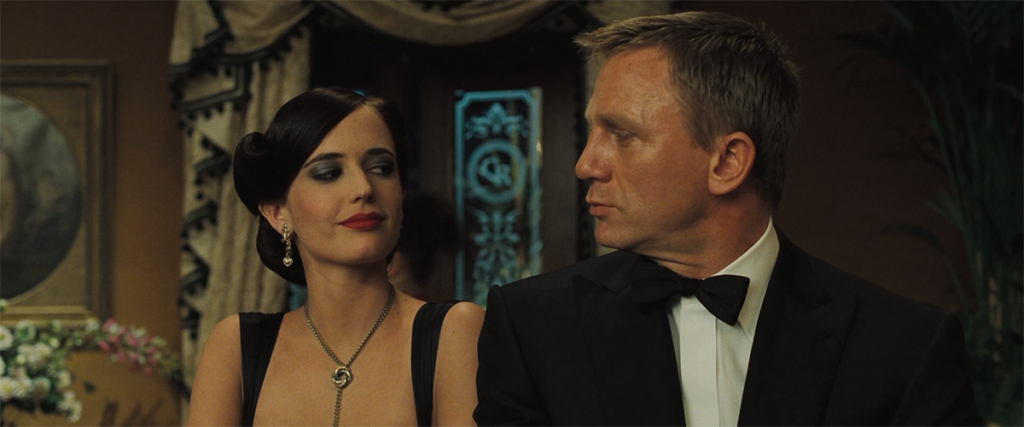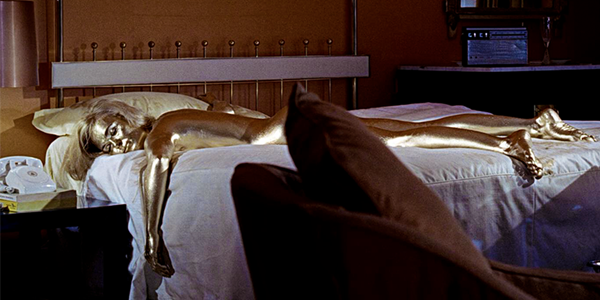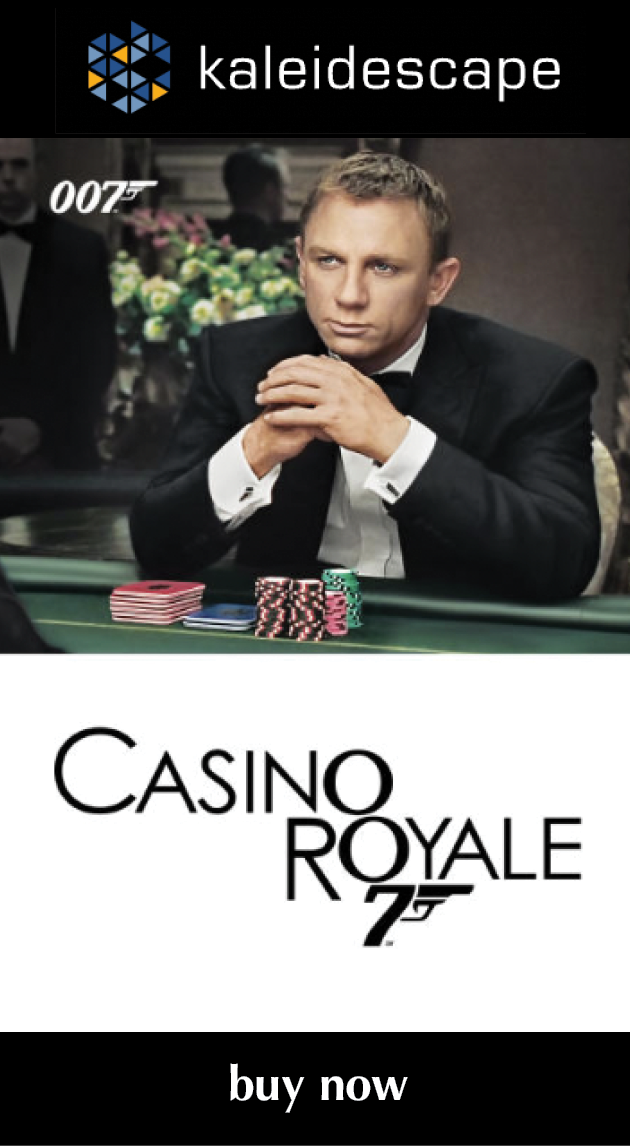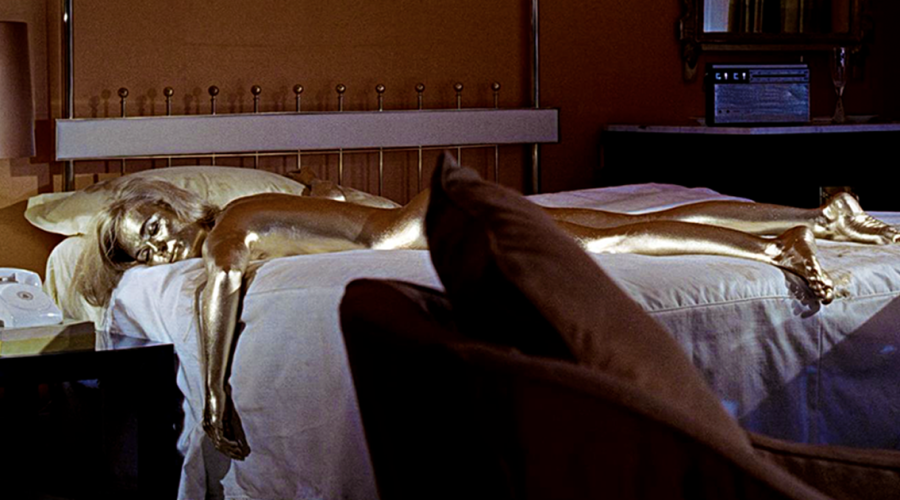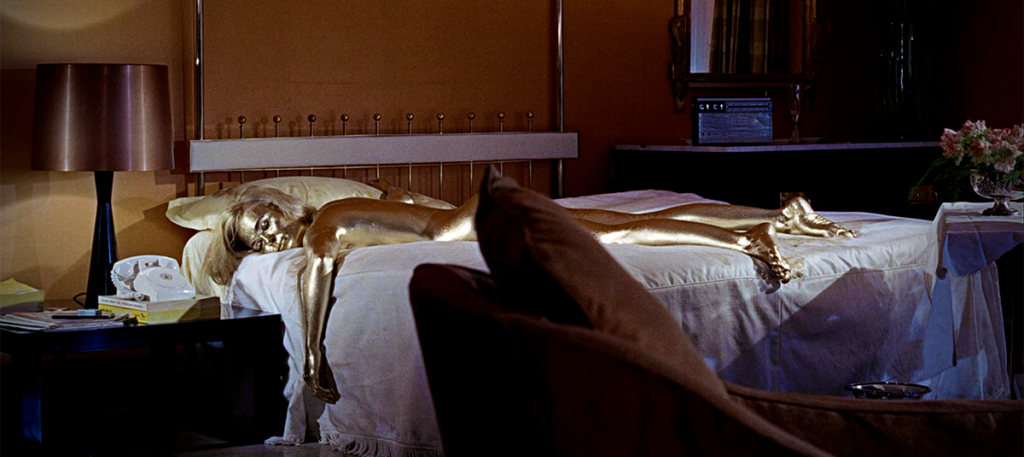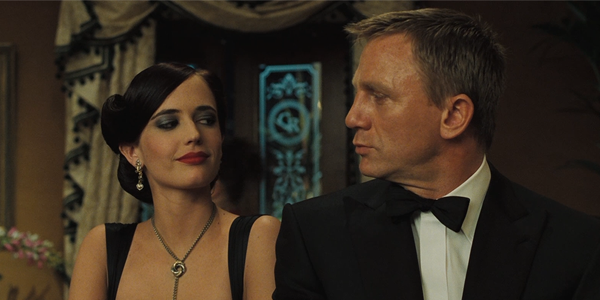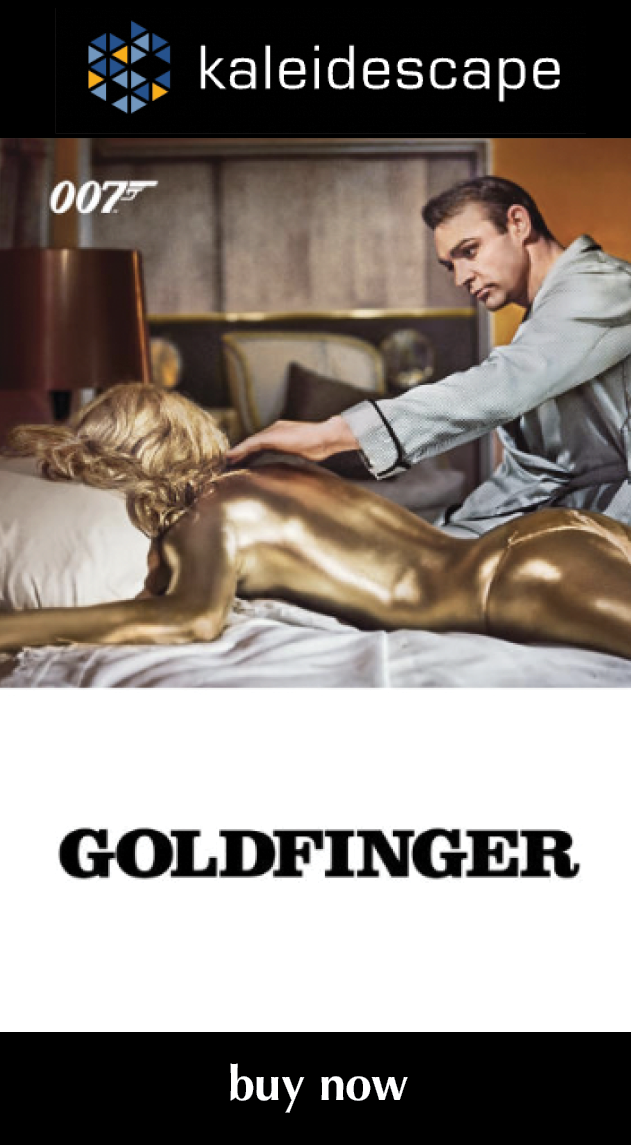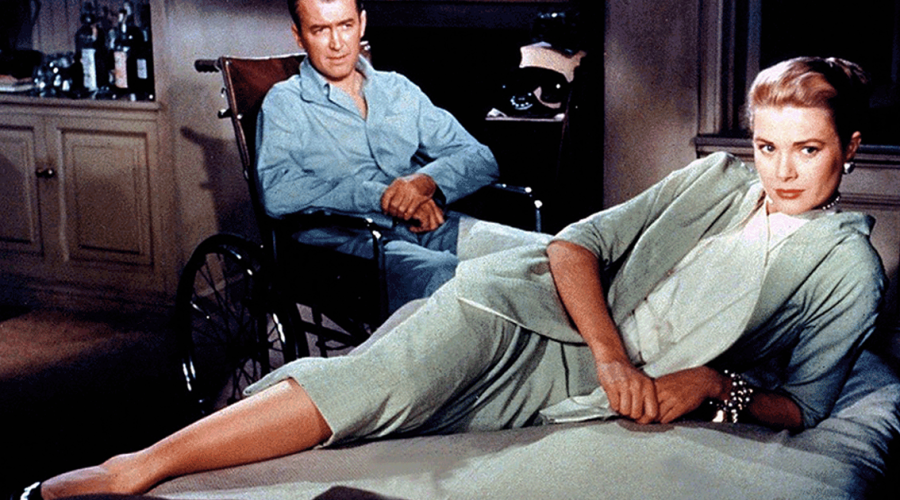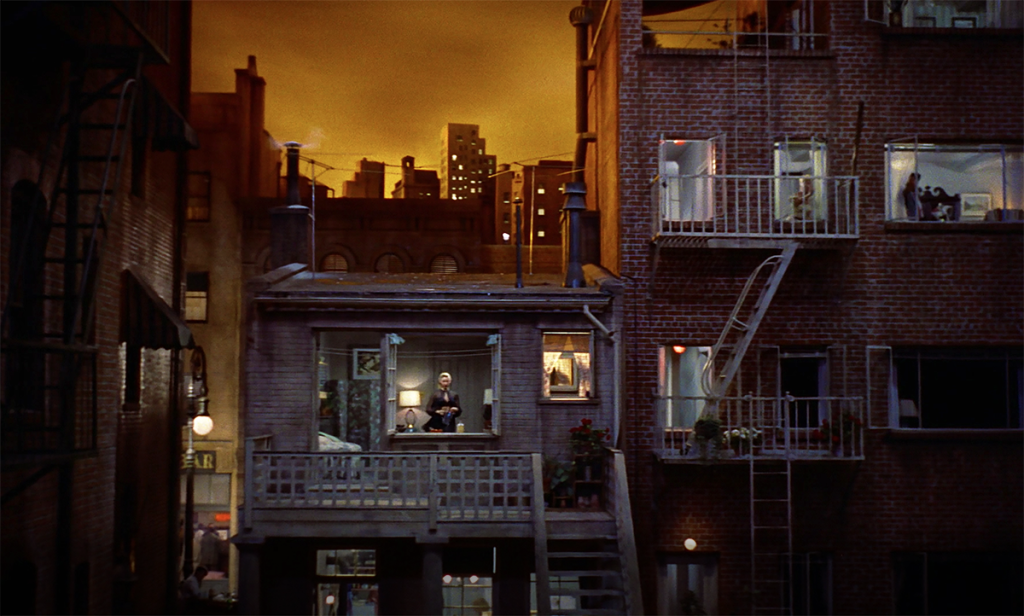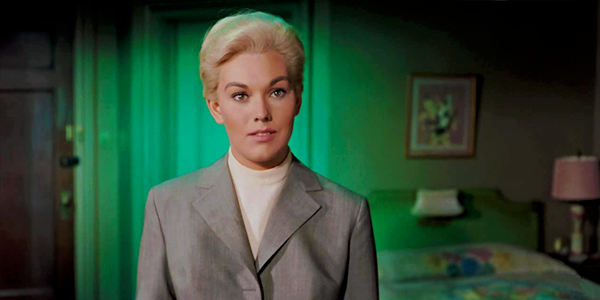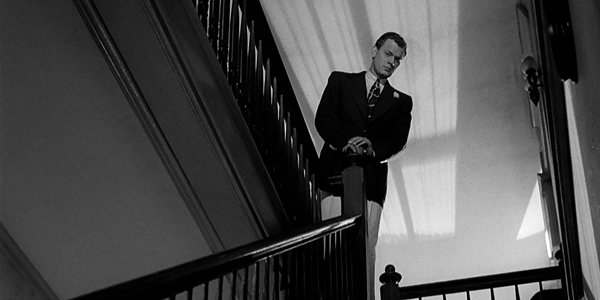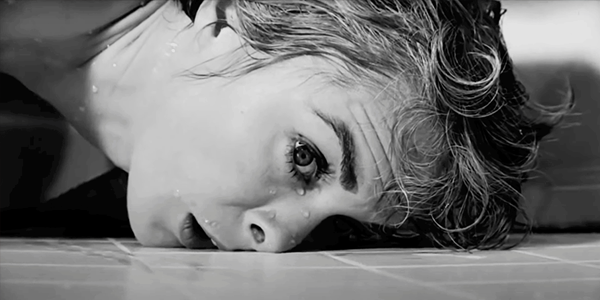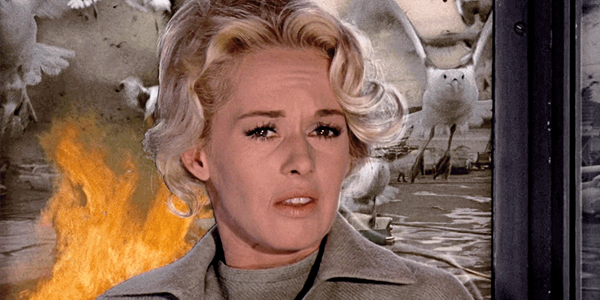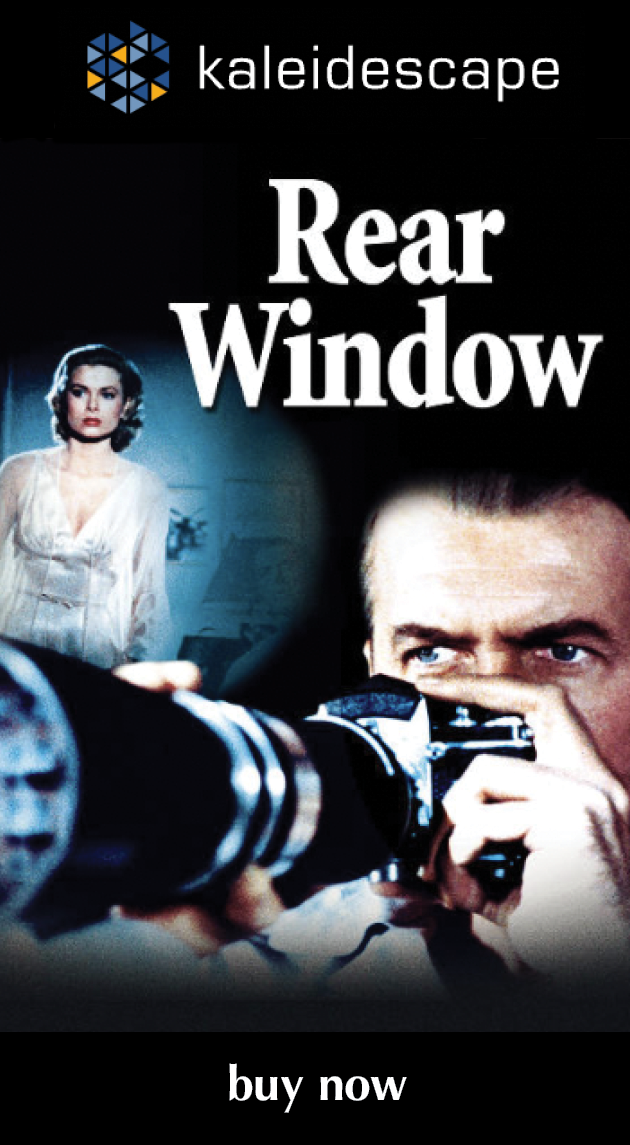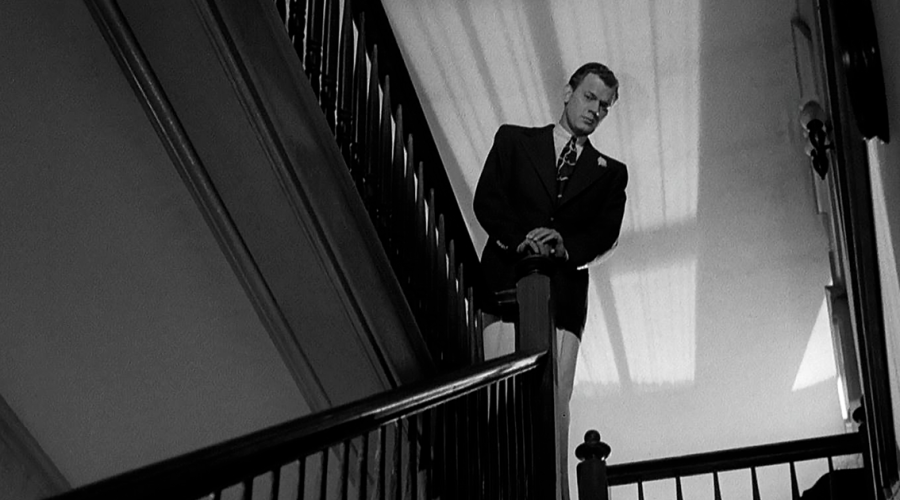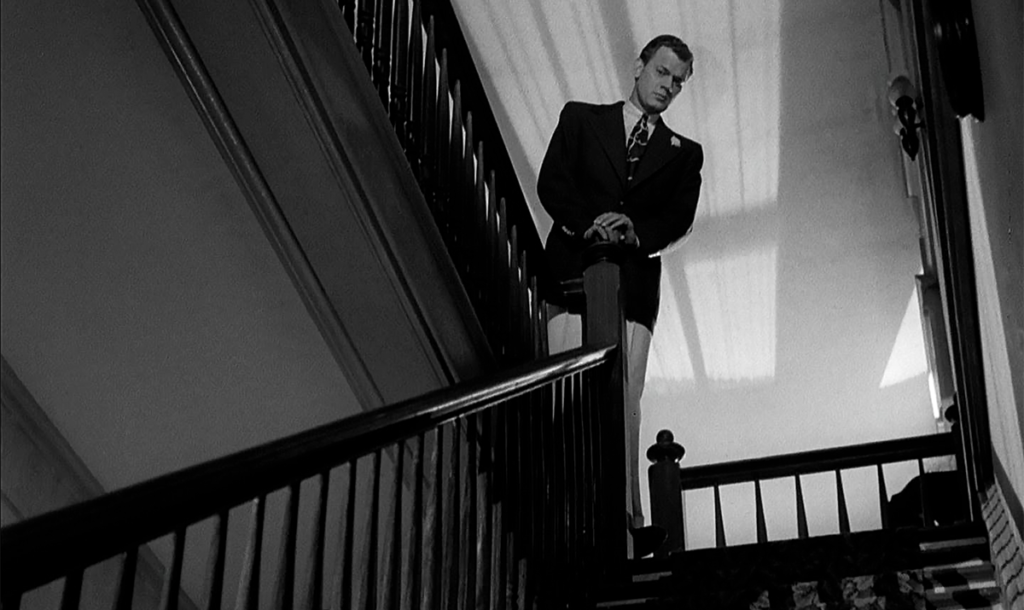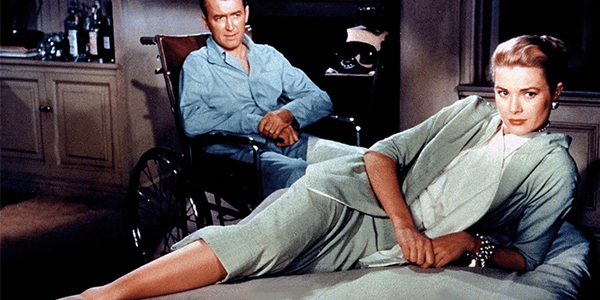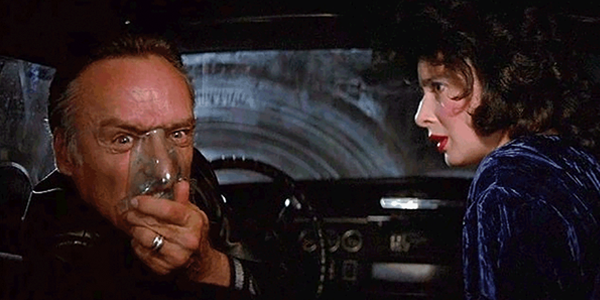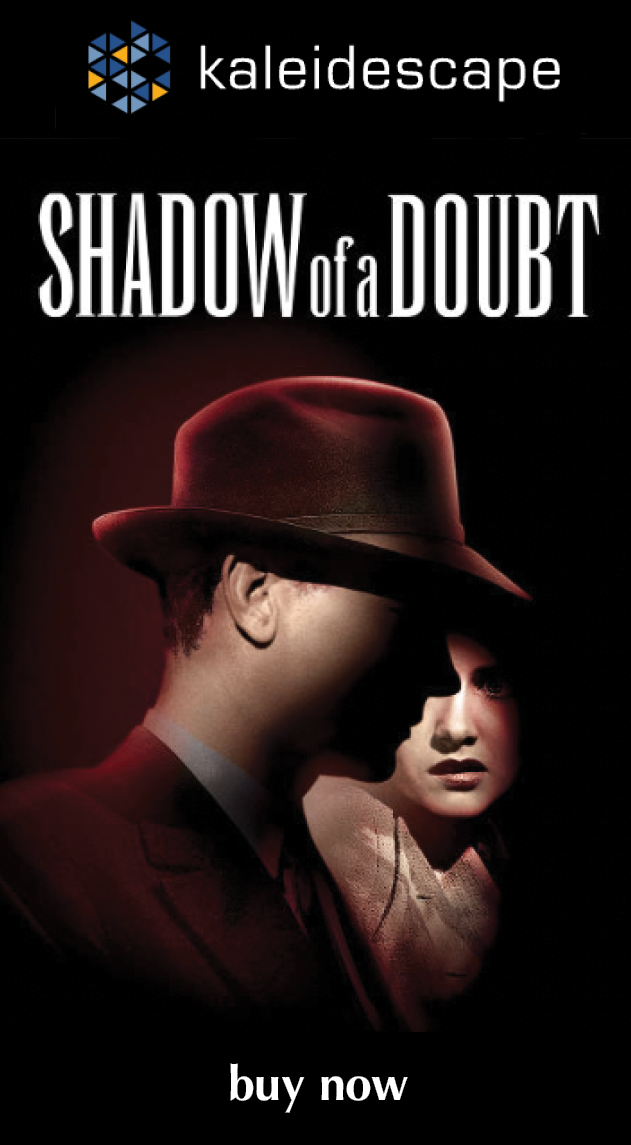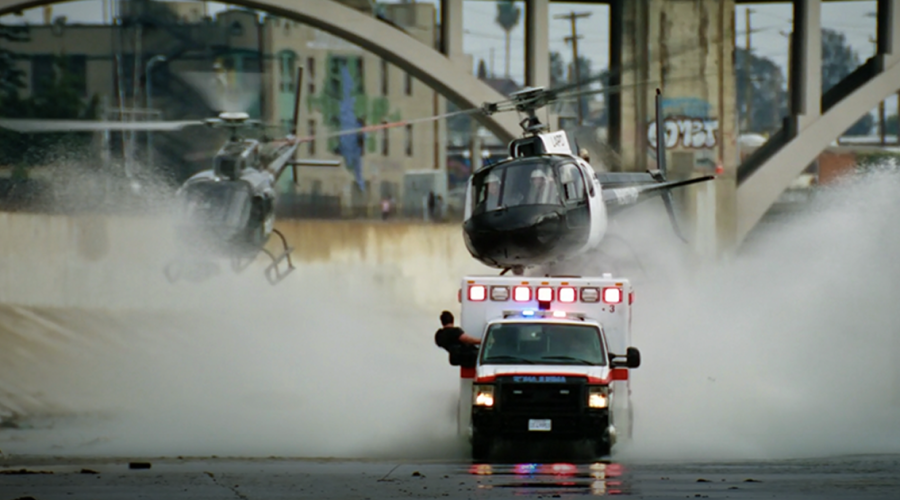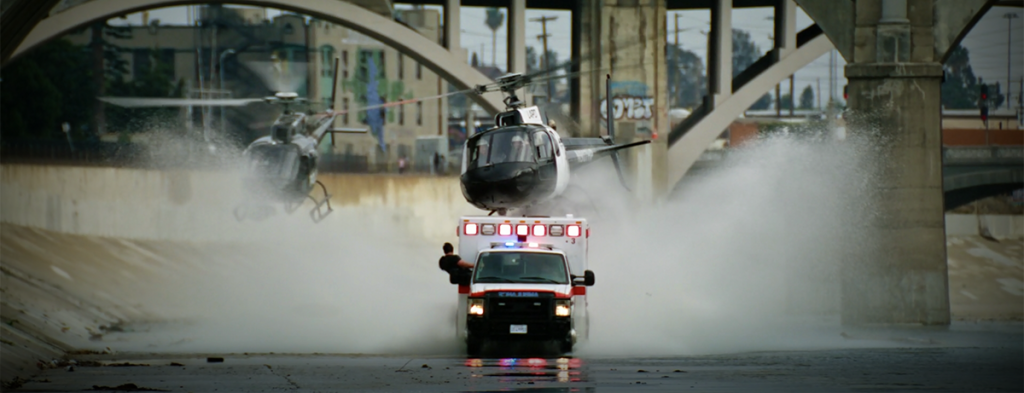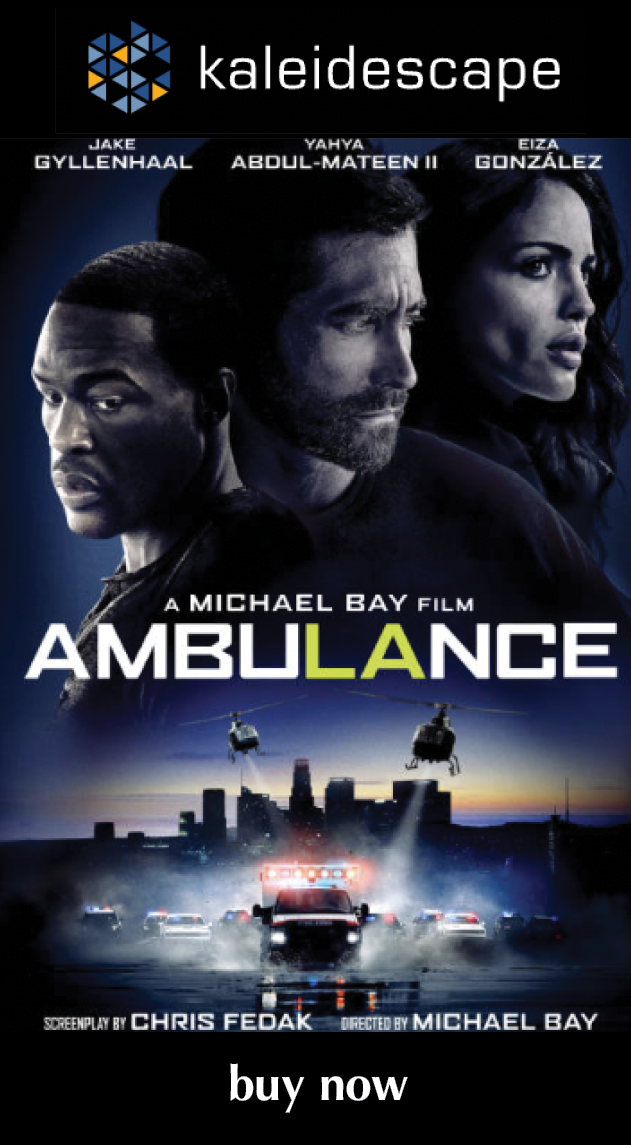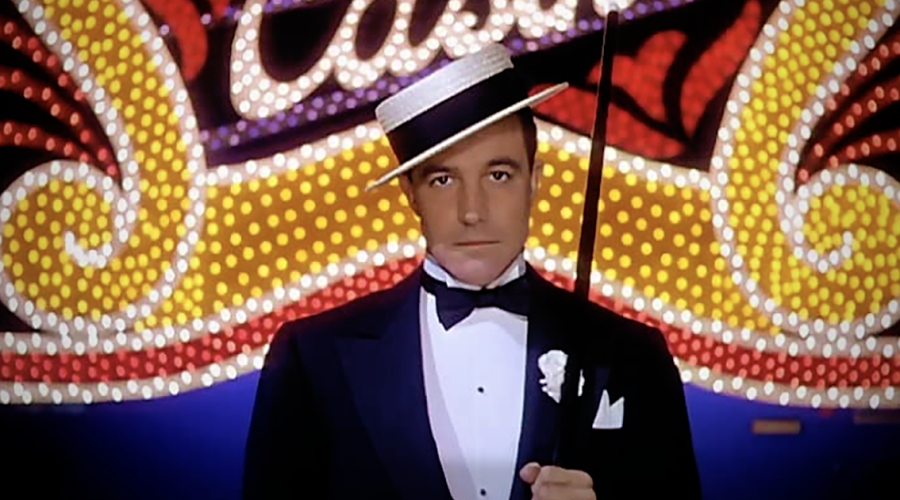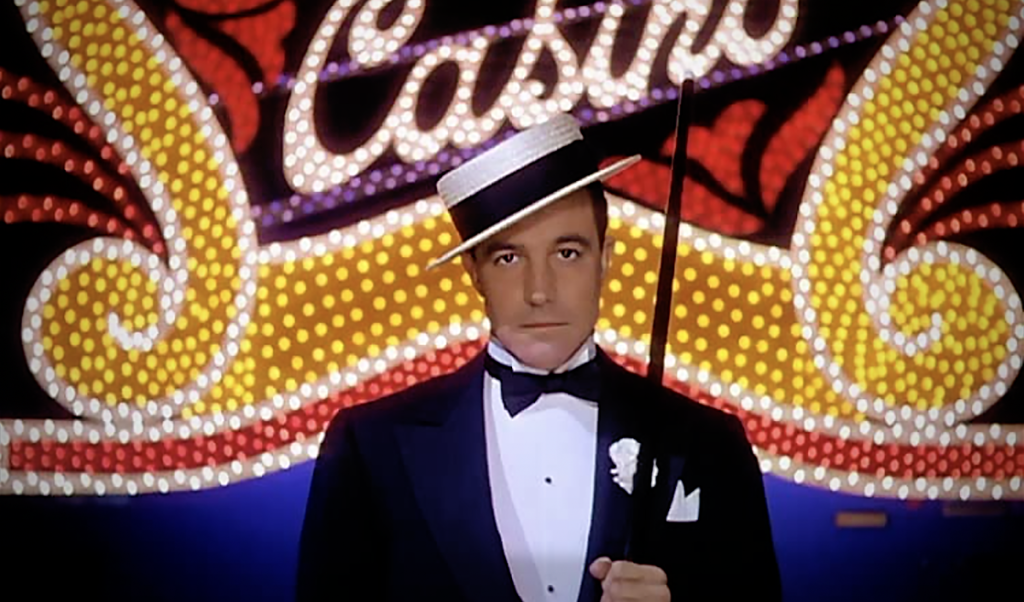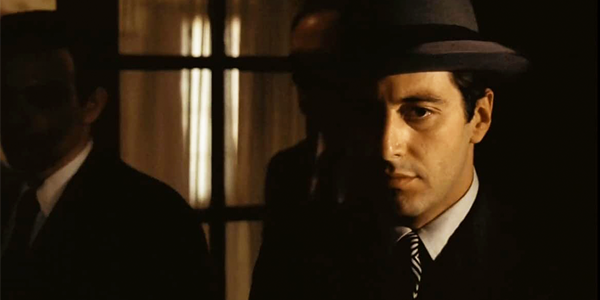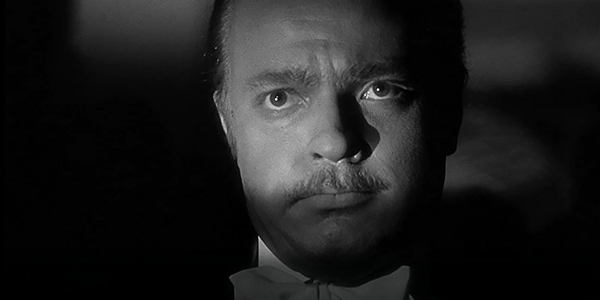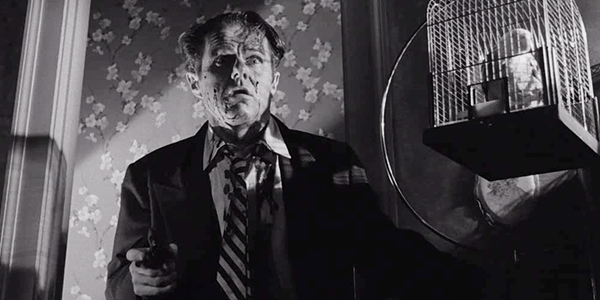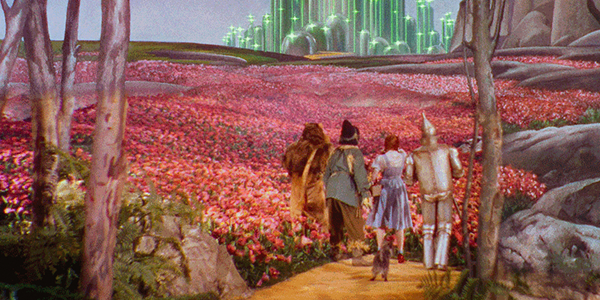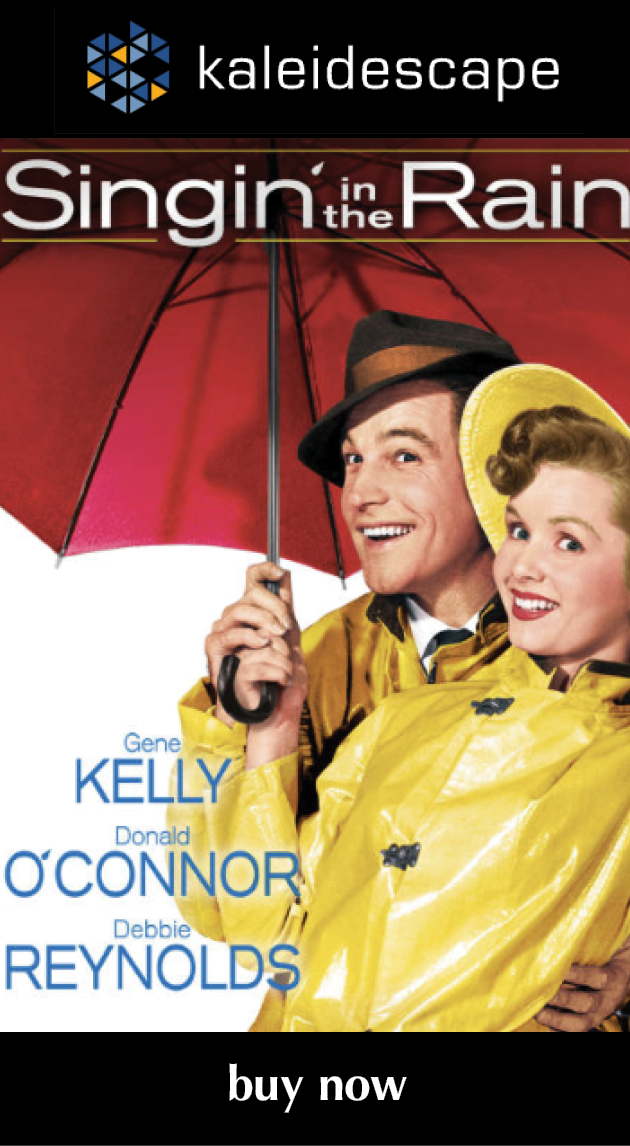Review: The Unbearable Weight of Massive Talent
recent reviews
Sign up for our monthly newsletter
to stay up to date on Cineluxe
Nicolas Cage’s love letter to himself proves to be predictably self-indulgent and only mildly amusing but entertaining nonetheless
by John Sciacca
June 14, 2022
Before Facebook co-opted the term, being “meta” denoted a creative work “referring to itself or to the conventions of its genre; self-referential.” By that definition, The Unbearable Weight of Massive Talent might very well be one of the most meta films to ever come out of Hollywood.
With the giant number of movies Nicolas Cage has appeared in—with 109 credits on his IMDB page as I write this—he’s developed a bit of an “I’ll do anything” reputation. But it’s important to remember that among that list of questionable choices are some truly brilliant films including Raising Arizona, Moonstruck, Honeymoon in Vegas, The Rock, and Lord of War. It’s also an acting career that has resulted in a Best Actor Academy Award nomination for Adaptation along with a win for Leaving Lost Vegas.
Massive Talent felt like it was inspired by the excellent “Get in the Cage” skit from Saturday Night Live, where Andy Samberg plays an exaggerated and over-the-top Nick Cage who eventually has the real Nick Cage on with him. “As everyone knows,” Samberg/Cage said, “my dream as an actor is to appear in every film ever released. However, until now I’ve only been able to muster a measly 90%, bringing shame on my dojo.”
What Cage demonstrated in this skit was a fantastic self-awareness and an ability to poke jabs at the roles he took on, describing the two key qualities of a Nick Cage action film: “All the dialogue is either whispered or screamed . . . and everything in the movie is on fire.”
In Massive Talent, Nicolas Cage plays himself going through a bit of an existential crisis. He’s just been passed over for a film role, is having trouble connecting with his 16-year-old daughter Addy (Lily Sheen), owes $600,000 to the hotel he’s been living in for a year, and has occasional arguments with “Nicky,” a younger, more over-the-top, emotionally volatile version of himself who wants Cage to make better choices. When his agent Fink (Neil Patrick Harris) floats him an offer to go to Spain to attend the birthday party of Javi Gutierrez (Pedro Pascal), a billionaire superfan who is willing to pay Cage $1 million to attend, he reluctantly accepts.
When he arrives in Mallorca, CIA agents Martin (Ike Barinholtz) and Vivian (Tiffany Haddish) tell Cage that Javi is really a major arms dealer who he has kidnapped the daughter of a politician, and they need Cage to be their man on the inside. To do so, he must channel the skills and abilities of some of his past roles.
The film is packed with references, name drops, and even scenes from films throughout Cage’s career, including a nod to his “Nouveau Shamanic” acting ability. Cage is excellent, leaning into the incredible situation in which he’s been thrust in classic “Come on!” fashion; but where the film really shines is in the chemistry and exchanges between Cage and Pascal, especially during one LSD-fueled joy ride.
While a “comedy,” the humor is certainly subtle, and for me produced more smiles than laughs. One of my favorite examples was a scene where Cage sees a life-sized statue of himself from Face/Off that Javi has in his collection of Cage memorabilia.
“Is this supposed to be me . . ?” Cage asks. “It’s . . . grotesque. If you don’t mind me asking, how much did you pay for this . . . disturbing statue?”
“About $6,000.”
“I’ll give you $20,000 for it.”
I also felt a real kinship to Cage when he described making his daughter watch some of his favorite older films and then discuss them.
Shot on Arri at 4.5K resolution, this home transfer is taken from a 4K digital intermediate, and the images are clean and sharp throughout. What really stood out was the clarity and tight focus on the actors, who are often in the front of the frame with background objects blurred behind them. You can really see Cage’s unusually smooth forehead, countered against the lines and pores in Pascal’s. The resolution also lets you appreciate the fine detail and textures in stone walls and bridges, or the patterns and details in Cage’s shirts.
The HDR grade gives a nice natural presentation to the images and benefits low-lit interior scenes, a night party scene bathed in golden colored tones, and scenes where bright sunlight is streaming in through windows in darkened rooms. Perhaps the most dynamic-looking scenes are some of the early ones driving at night in LA with bright city and street lights, and the sun-drenched exteriors in Mallorca.
While the Kaleidescape download features a lossless Dolby TrueHD Atmos soundtrack, it puts most of its emphasis on the front channels, with some of the action spreading a bit out left and right of center. The surround channels are reserved primarily for some simple fill and atmospherics like outdoor sounds off in the distance, with the music being mixed in a room-filling manner. There is a bit of gunfire in the third act with bullet strikes that hit far offscreen, but this isn’t a movie you’ll queue up to demo your theater sound system. For the most part, this mix concerns itself with delivering clear and intelligible dialogue locked to the center channel, and it does that admirably.
While The Unbearable Weight of Massive Talent has broader appeal than for just the Cage superfans, it is ultimately a love story about Nick Cage, starring Nick Cage as Nick Cage, focusing on the fantastical life of Nick Cage, for fans of Nick Cage. And for fans, that’s high praise.
Probably the most experienced writer on custom installation in the industry, John Sciacca is co-owner of Custom Theater & Audio in Murrells Inlet, South Carolina, & is known for his writing for such publications as Residential Systems and Sound & Vision. Follow him on Twitter at @SciaccaTweets and at johnsciacca.com.
PICTURE | Images are clean and sharp; the HDR grade gives a nice natural presentation and benefits low-lit interior scenes
SOUND | The TrueHD Atmos mix puts most of its emphasis on delivering clear and intelligible dialogue via the front channels, with some of the action spreading a bit out left and right of center
© 2023 Cineluxe LLC




